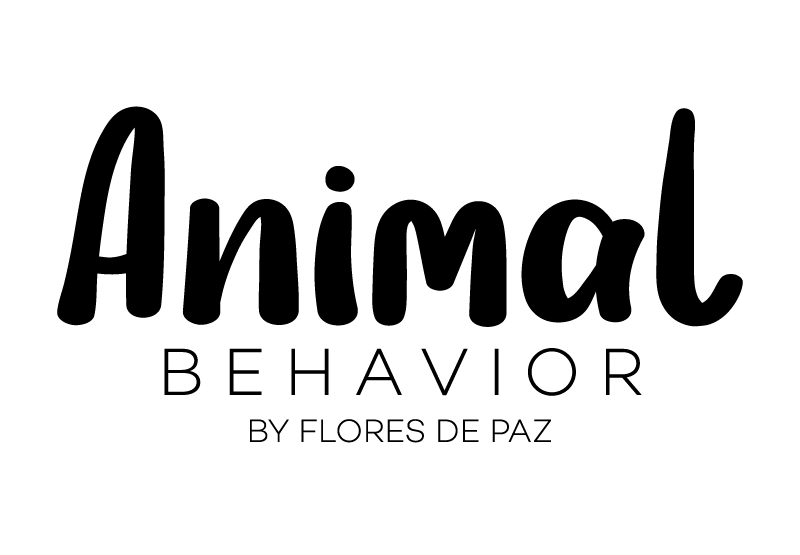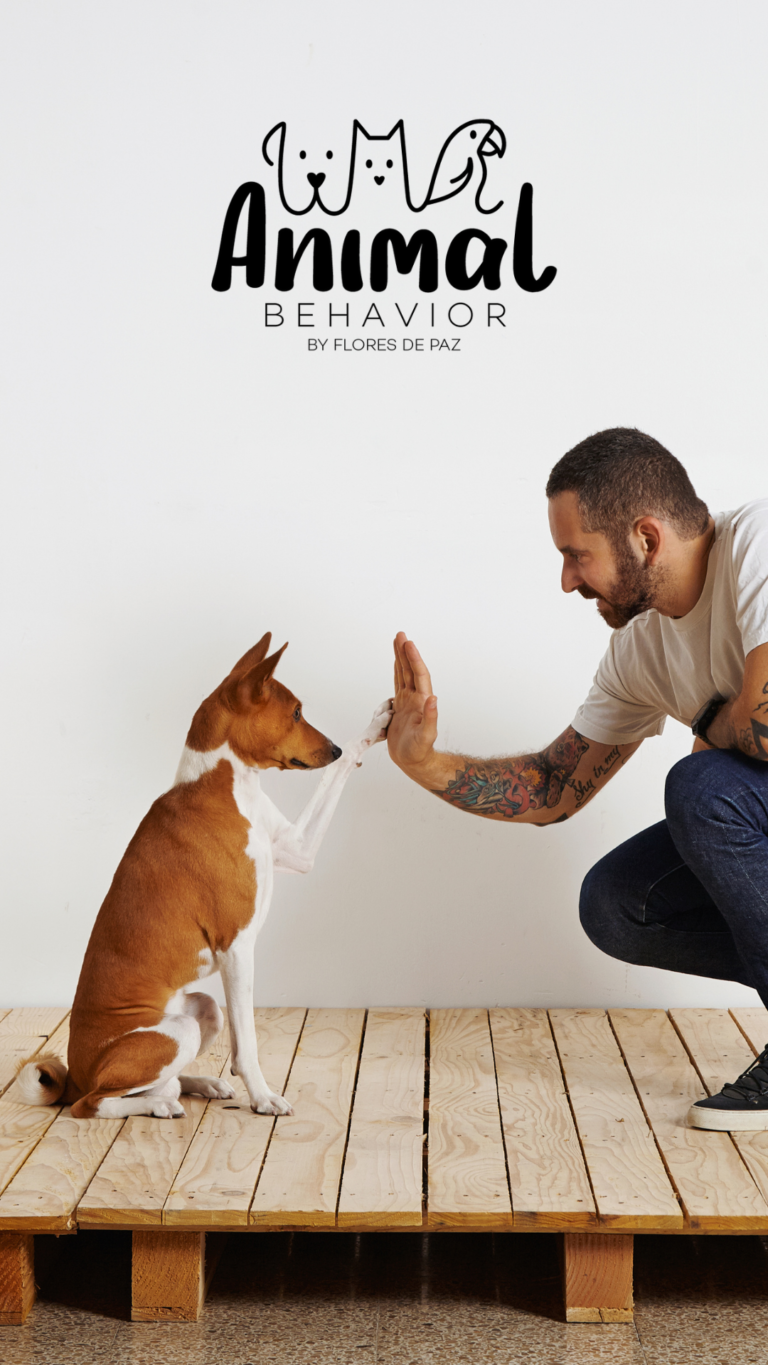Dogs are social animals that communicate with their environment through various means, one of which is barking. Although it is common to think that all dog barks sound the same, the reality is that they can vary significantly in their intonation and in what they express.

While barking can indicate a variety of things, from boredom to fear to excitement to aggression, their intonation is a key factor in determining what they are expressing. For example, a short, high-pitched bark can indicate an alert or imminent danger, while a longer, deeper bark can signal happiness and excitement.
Outside of this, it is always important to also consider that the barking will depend on the context in which it is found, the body language and the calming signals that our canine is expressing.
It is important that dog guardians know how to recognize the intonation of their pets’ barking in order to better understand their behavior and respond appropriately to their needs. Some common types of barking based on your intonation include:
- High pitched and short barks: they can indicate an alert or imminent danger, they can also be a way of expressing frustration or anxiety.
- Deep and prolonged barking: can indicate happiness and enthusiasm. They are also used to get attention or ask for something.
- Guttural barking: indicates fear, aggression or defense. They can also be a way of expressing annoyance or discomfort.
- Howling barking: may indicate loneliness or anxiety generated by some separation. They are also used as a form of communication between dogs.
- Continuous and repetitive barking: they can indicate boredom, stress or a need for attention.
It is important to note that the intonation of the bark can vary depending on the breed, age and personality of the dog. Therefore, observing your dog and paying attention to its calming and communication signals is essential to better understand its behavior and attend to its needs. Additionally, if your dog is barking excessively or inappropriately, it may be helpful to seek the help of a canine behavior professional such as Jose Veterinaria to effectively address the problem .
Do you like this content? We will be posting a lot more of this in videos and tutorials coming soon!
Download our free guide to avoid negative emotions on doggies!
Do you have any questions regarding your animal? Behaviors? Emotions? Ask us for free! contacto@floresdepaz.cl. We will reach back to you very shortly!



